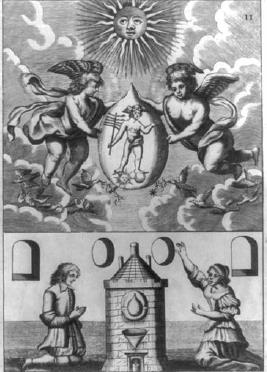Physics and ChemistryChemical Elements |
Who are some of the founders of modern chemistry? |
The history of chemistry in its modern form is often considered to begin with the British scientist Robert Boyle (1627–1691), although its roots can be traced back to the earliest recorded history. Best known for his discovery of Boyle’s Law (volume of a gas is inversely proportional to its pressure at constant temperature), he was a pioneer in the use of experiments and the scientific method. A founder of the Royal Society, he worked to remove the mystique of alchemy from chemistry to make it a pure science.
The French chemist Antoine-Laurent Lavoisier (1743–1794) is regarded as another important founder of modern chemistry. Indeed, he is considered “the father of modern chemistry.” His wideranging contributions include the discrediting of the phlogiston theory of combustion, which long had been a stumbling block to a true understanding of chemistry. He established modern terminology for chemical substances and did the first experiments in quantitative organic analysis. He is sometimes credited with having discovered or established the law of conservation of mass in chemical reactions.
John Dalton (1766–1844), an English chemist, who proposed an atomic theory of matter that became a basic theory of modern chemistry, is also an important figure in the development of the field. His theory, first proposed in 1803, states that each chemical element is composed of its own kind of atoms, all with the same relative weight.
Another important individual in the development of modern chemistry was Swedish chemist Jöns Jakob Berzelius (1779–1848). He devised chemical symbols, determined atomic weights, contributed to the atomic theory, and discovered several new elements. Between 1810 and 1816, he described the preparation, purification, and analysis of 2,000 chemical compounds. Then he determined atomic weights for 40 elements. He simplified chemical symbols, introducing a notation—letters with numbers—that replaced the pictorial symbols his predecessors used, and that is still used today. He discovered cerium (in 1803, with Wilhelm Hisinger), selenium (1818), silicon (1824), and thorium (1829).

